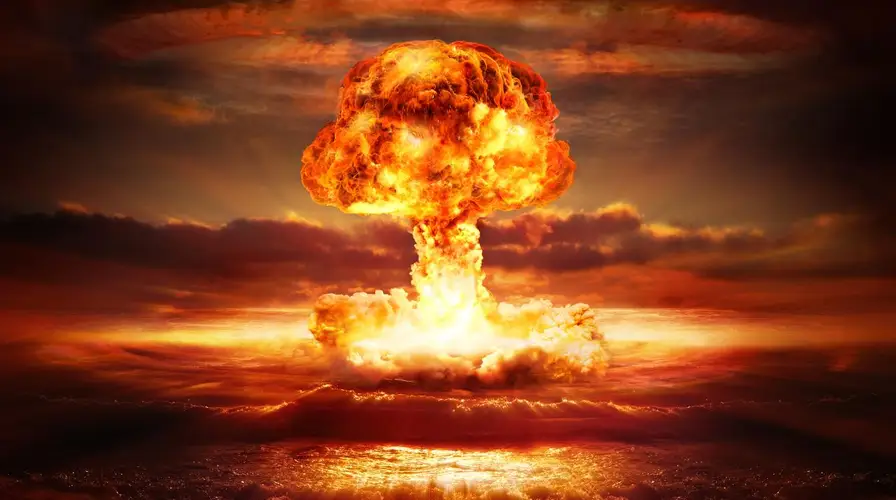Tensions between Pakistan and India have brought the region dangerously close to a nuclear conflict. A recent scientific study warns that if such a confrontation occurs, the results could be catastrophic for the entire planet. The research shows that between 16.1 and 36.6 teragrams of black carbon could be pushed into the upper atmosphere, depending on the size of the weapons used.
These soot particles would rise high into the stratosphere. There, they could block sunlight and trigger a dangerous phenomenon known as a “nuclear winter.” This could last for years and would cause global weather disruptions. Agriculture around the world would suffer, threatening food production and climate balance.
The study was published in the Proceedings of the National Academy of Sciences (PNAS) on October 2, 2019. It was led by Jonas Jägermeyr from NASA’s Goddard Institute for Space Studies. Eighteen scientists from five different countries contributed to this alarming research. They examined the global environmental impact of a possible nuclear conflict in South Asia.
India and Pakistan have a long history of rivalry. Since the partition in 1947, the two countries have fought four wars. The Kashmir dispute remains the most dangerous trigger for conflict. Both nations now possess more than 150 nuclear warheads. Their growing arsenals make the possibility of a future nuclear conflict even more dangerous.
The study found that even a limited war—using about 100 bombs the size of those dropped on Hiroshima—could devastate the world. Crops like maize, rice, wheat, and soybeans could suffer global yield reductions of up to 11%. Some regions may face losses of more than 20%. North America, Europe, Russia, and China—key farming areas—would be among the hardest hit.
According to the scientists, “Even this regional, limited war would have devastating indirect implications worldwide.” Countries in the Global South would be most vulnerable. Many of these nations depend on imported food and lack resources to cope with widespread shortages.
The researchers also warned that the effects could be worse in future scenarios. New, more powerful nuclear weapons could release even more black carbon. That soot might stay in the stratosphere for up to 10 years, worsening the climate impact and prolonging global hunger.
Frank O’Donnell, Deputy Director at the Stimson Center’s South Asia Program, noted that the Kashmir issue continues to fuel nuclear risk. He said, “The persistent territorial dispute over Kashmir exacerbates the nuclear threat, making a conflict between India and Pakistan an ongoing risk.”
The threat of nuclear conflict also grew recently after deadly violence in April. India accused Pakistan of killing 26 people. Pakistan denied involvement and demanded an impartial investigation. The diplomatic fallout was intense. India suspended the Indus Waters Treaty from 1960. Pakistan responded by closing its airspace to Indian planes.
Some experts have accused India of staging false flag operations to shift attention. These claims often emerge during visits from international officials, especially when unrest grows in occupied Kashmir.
The PNAS study emphasizes that the risks of nuclear conflict go far beyond regional destruction. It calls for urgent global diplomacy and steps toward disarmament. The message is clear: any nuclear war—no matter how small—could unleash a long-lasting environmental and humanitarian nightmare.


